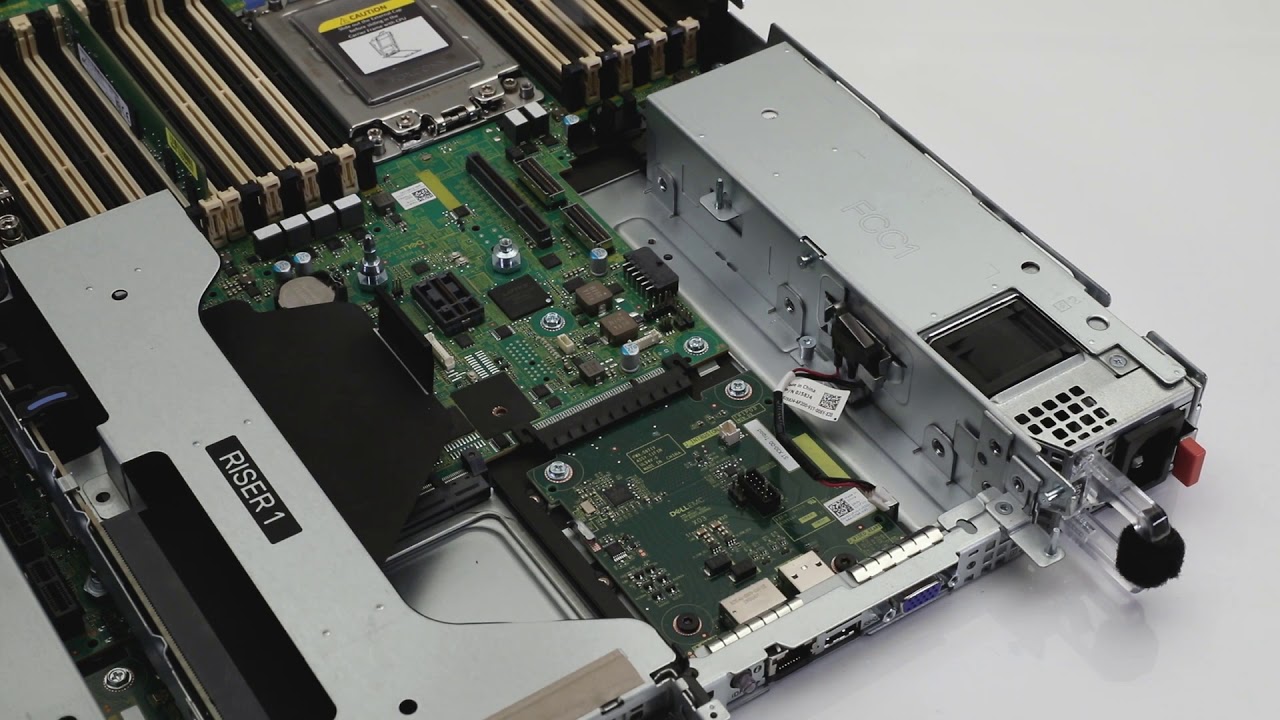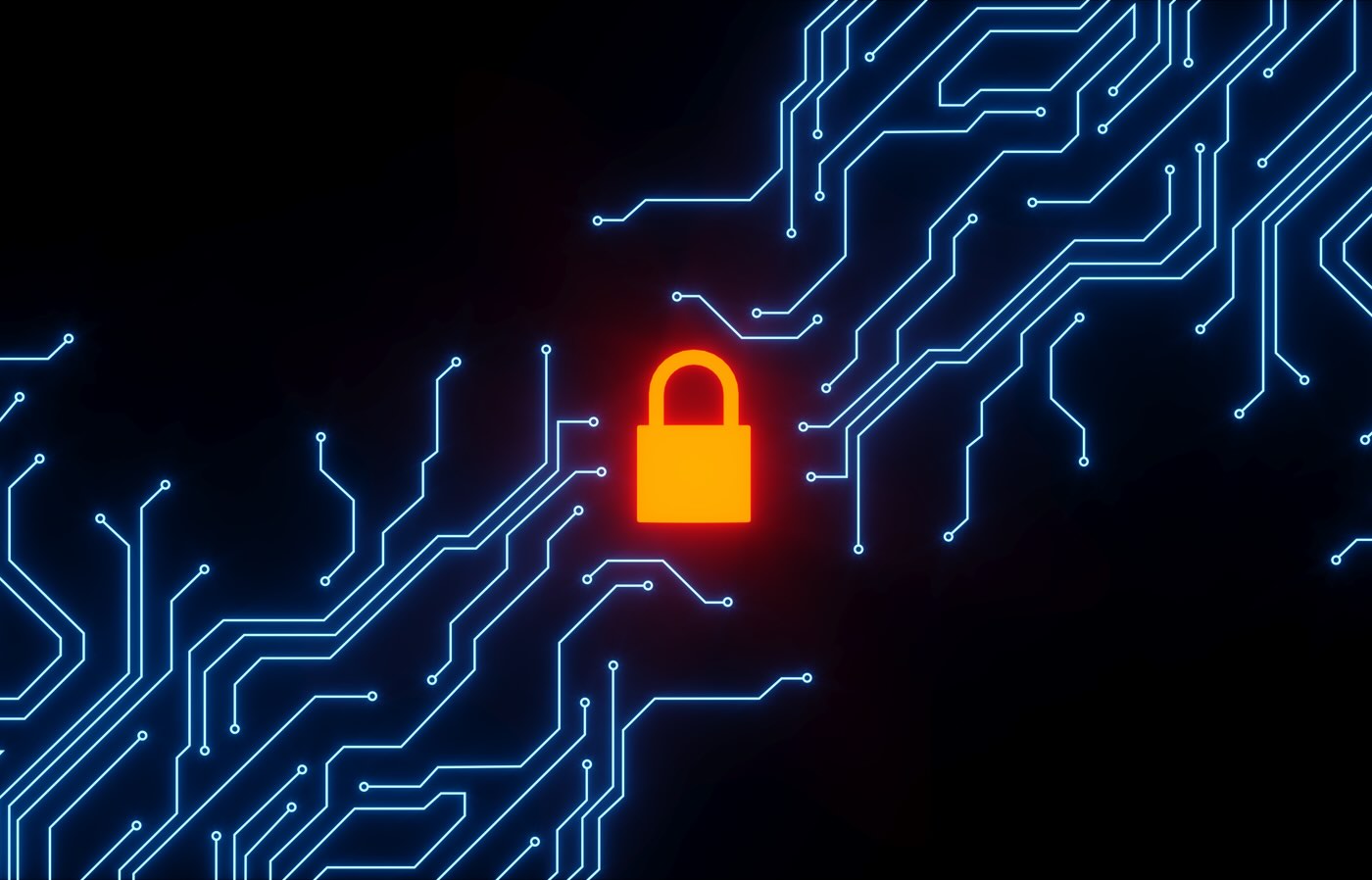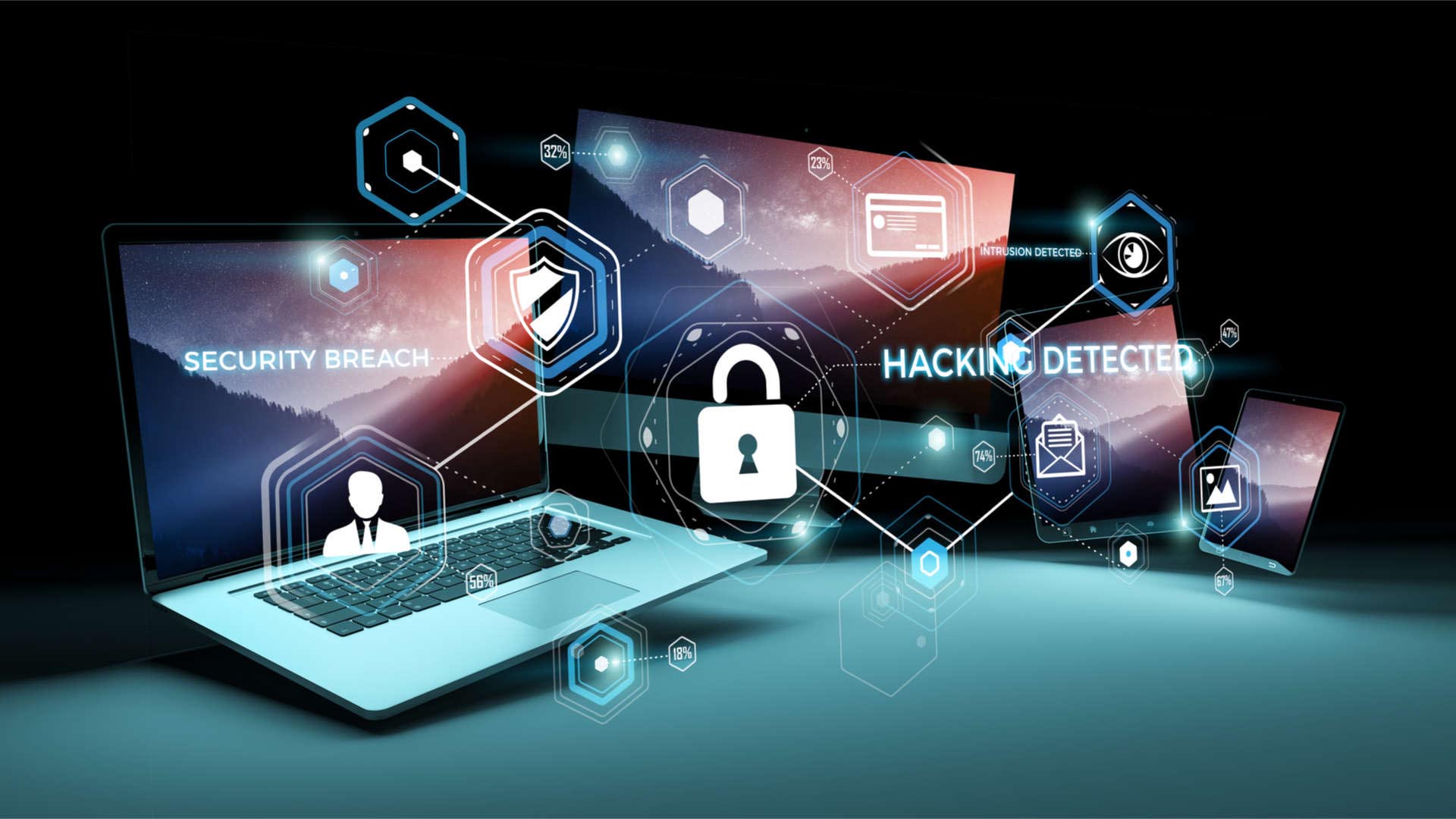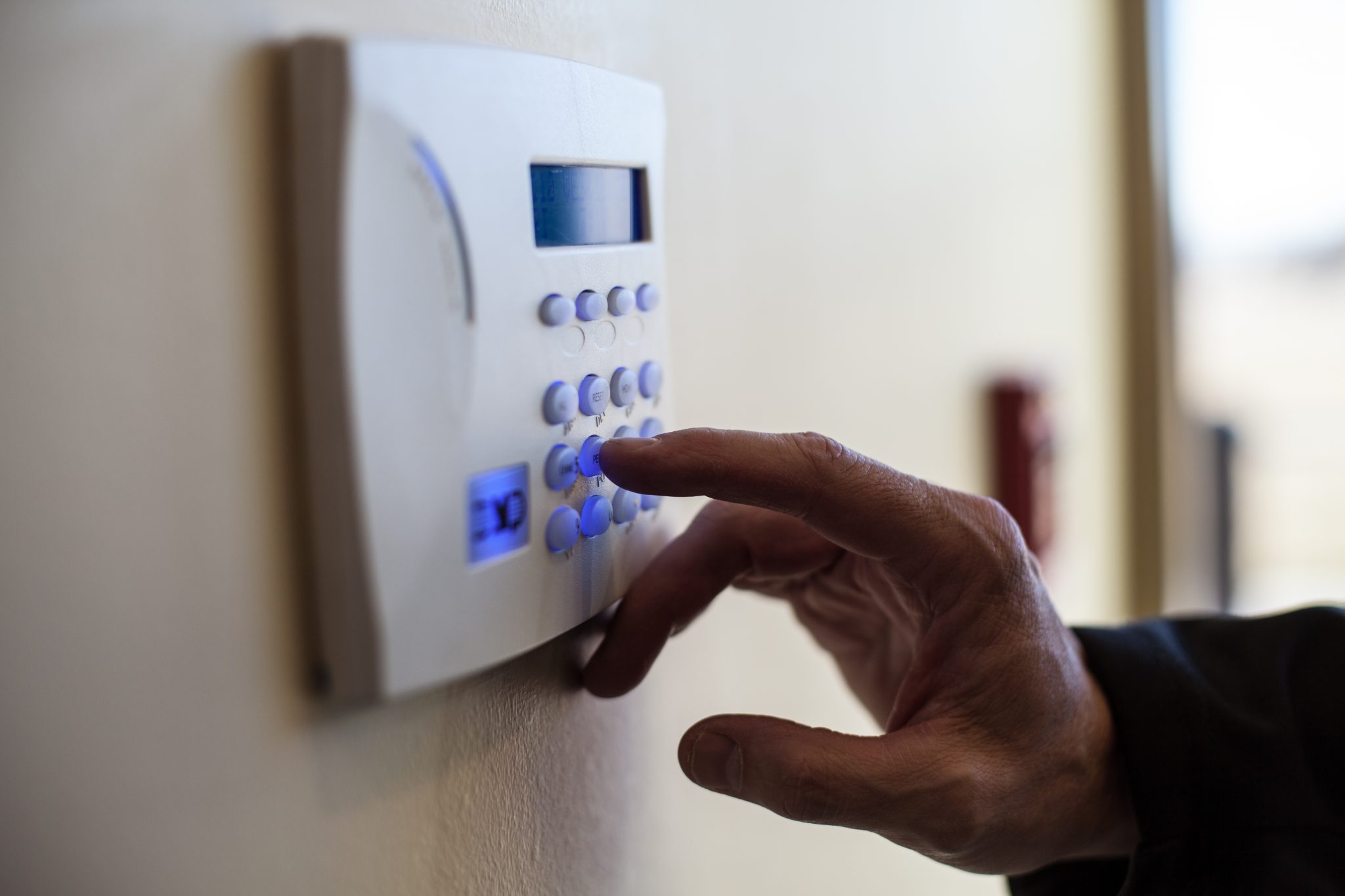Home>Home Security and Surveillance>How To Clear Intrusion Detection On Dell Poweredge
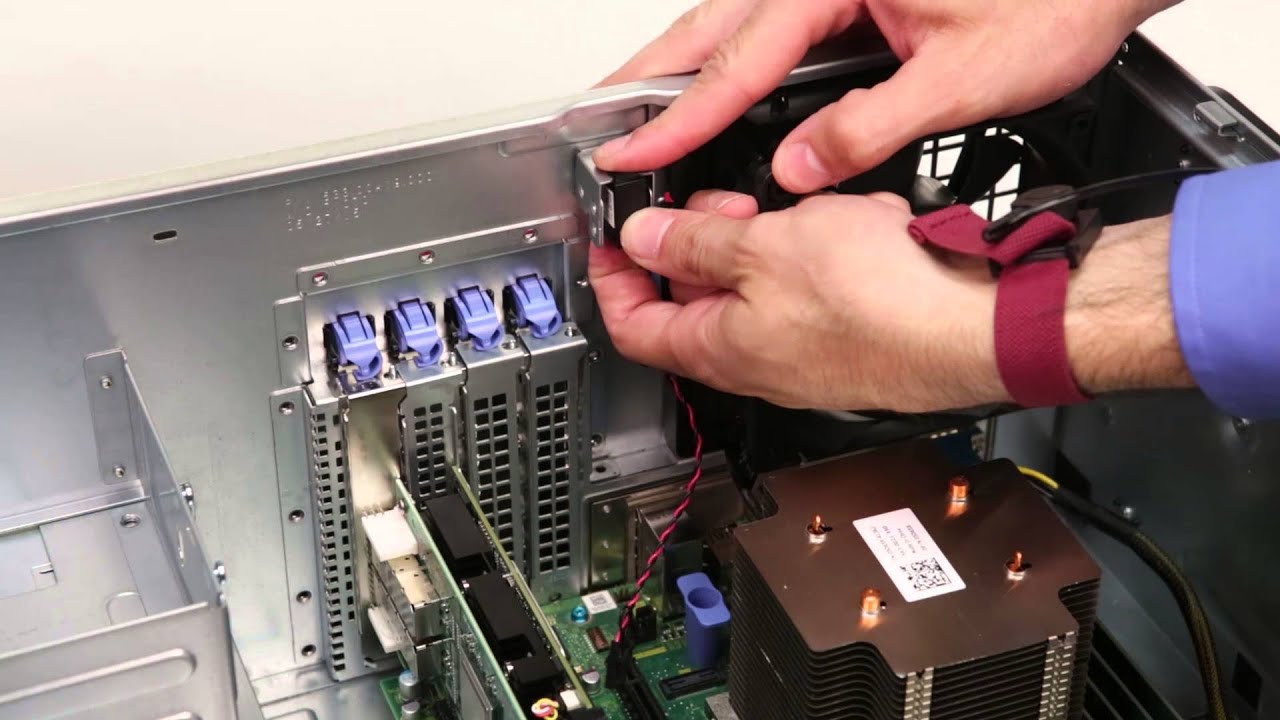

Home Security and Surveillance
How To Clear Intrusion Detection On Dell Poweredge
Modified: March 6, 2024
Learn how to clear intrusion detection on your Dell PowerEdge server with our comprehensive guide. Enhance your home security and surveillance with these step-by-step instructions.
(Many of the links in this article redirect to a specific reviewed product. Your purchase of these products through affiliate links helps to generate commission for Storables.com, at no extra cost. Learn more)
Introduction
Welcome to our comprehensive guide on how to clear intrusion detection on Dell PowerEdge servers. Intrusion detection is a critical component of home security and surveillance systems, ensuring the protection of your valuable assets and personal safety. Dell PowerEdge servers offer robust security features, including intrusion detection systems that monitor for any unauthorized access attempts.
In this article, we will provide you with a step-by-step guide on how to clear intrusion detection on your Dell PowerEdge server. Whether you’re a home security enthusiast or an IT professional, understanding the process of clearing intrusion detection is essential to maintain the integrity and optimal performance of your server.
We will delve into the importance of intrusion detection on Dell PowerEdge servers and discuss the potential consequences of ignoring security breaches. Additionally, we will explain the necessary precautions to take before attempting to clear intrusion detection and provide detailed steps to execute the procedure without any complications.
By the end of this guide, you will have a clear understanding of how to effectively clear intrusion detection on your Dell PowerEdge server, ensuring the continued safety and security of your home or business.
Key Takeaways:
- Clearing intrusion detection on your Dell PowerEdge server is like giving it a security check-up to keep it safe from unauthorized access and tampering. It’s an important step to protect your valuable assets and personal safety.
- By following the step-by-step guide, you can confidently clear intrusion detection on your Dell PowerEdge server and ensure its ongoing safety and functionality. It’s like giving your server a security superhero cape!
Read more: How To Clear Chassis Intrusion Detection
Understanding Intrusion Detection on Dell PowerEdge
Before we dive into the process of clearing intrusion detection on Dell PowerEdge servers, it’s important to have a solid understanding of what intrusion detection entails. Intrusion detection is a critical security mechanism that monitors and detects any unauthorized access attempts or suspicious activities on your server.
Dell PowerEdge servers are equipped with built-in intrusion detection systems that utilize various sensors and sensors to detect physical tampering or unauthorized access to the server chassis. These sensors are strategically placed throughout the server to monitor the integrity of its components and ensure that any attempts to tamper with the server are promptly detected and addressed.
The intrusion detection system on Dell PowerEdge servers works by continuously monitoring the server’s chassis for any signs of tampering. This can include activities like opening the server cover, removing or inserting components, or tampering with any internal connections. When the sensors detect such activities, an intrusion event is triggered, and an alert is sent to the server administrator.
It’s important to note that intrusion detection is not just limited to physical tampering. Dell PowerEdge servers also feature software-based intrusion detection capabilities that can detect cyber threats and malicious activities within the network or server environment. These software-based intrusion detection systems analyze network traffic, system logs, and other data sources to identify any anomalies or potential security breaches.
The purpose of intrusion detection on Dell PowerEdge servers is to ensure the integrity and security of your server infrastructure. By detecting and alerting administrators to any unauthorized access attempts or suspicious activities, intrusion detection helps prevent potential security breaches, data loss, and system damage. It plays a crucial role in the overall security posture of your home or business.
Now that we have a solid understanding of intrusion detection on Dell PowerEdge servers, let’s move on to the step-by-step guide on how to clear intrusion detection and ensure the ongoing security of your server.
To clear intrusion detection on a Dell Poweredge server, you can usually reset it through the server’s BIOS settings. Simply access the BIOS, navigate to the “Intrusion Detection” section, and reset the intrusion detection status.
Step-by-Step Guide for Clearing Intrusion Detection on Dell PowerEdge
Clearing intrusion detection on your Dell PowerEdge server is a relatively straightforward process. However, it’s important to follow the correct steps to ensure that the procedure is executed correctly and that the server remains secure throughout the process. Here is a step-by-step guide to help you clear intrusion detection on your Dell PowerEdge server:
- Prepare for the Process: Before you begin, make sure to turn off the server and disconnect it from the power source. This precautionary step will help prevent any accidental damage to the server components and ensure your safety while working on the server.
- Open the Server Chassis: Once the server is powered off and disconnected, remove the server cover by unscrewing the chassis screws. Carefully slide off the server cover to access the internal components. It’s important to handle the server cover with care to prevent any damage to the cover or the server itself.
- Locate the Intrusion Detection Switch: Inside the server chassis, you will find the intrusion detection switch. This switch is responsible for detecting any tampering with the server chassis. It’s usually located near the front of the chassis, close to the server lock.
- Reset the Intrusion Detection: To clear the intrusion detection, you will need to reset the intrusion detection switch. This can be done by either pressing or toggling the switch. Refer to your server’s documentation or the manufacturer’s website for specific instructions on how to reset the intrusion detection switch for your Dell PowerEdge model.
- Close the Server Chassis: After you have successfully cleared the intrusion detection, carefully slide the server cover back onto the chassis and secure it in place by tightening the chassis screws. Ensure that the server cover is properly aligned and securely fastened to avoid any potential issues with the server’s performance or security.
- Reconnect and Power On the Server: Once the server cover is securely fastened, reconnect the server to the power source. Power on the server and monitor its operation to ensure that it boots up and functions properly after clearing the intrusion detection.
- Monitor the Server: After clearing the intrusion detection, it’s important to monitor the server for any further intrusion attempts or suspicious activities. Regularly check the server logs and perform security scans to ensure the ongoing safety and security of your Dell PowerEdge server.
Remember, it’s crucial to follow these steps carefully and refer to the documentation provided by Dell or consult with a professional if you have any doubts or concerns regarding clearing the intrusion detection on your Dell PowerEdge server.
By following this step-by-step guide, you can effectively clear intrusion detection on your Dell PowerEdge server, ensuring the ongoing security and optimal performance of your server infrastructure.
Conclusion
Clearing intrusion detection on your Dell PowerEdge server is an important step in maintaining the security and integrity of your server infrastructure. By following the step-by-step guide provided in this article, you can effectively clear intrusion detection and ensure that your server remains protected against unauthorized access and tampering.
Understanding the role of intrusion detection and its significance in home security and surveillance systems is crucial for every server administrator and home security enthusiast. It is a proactive measure that helps safeguard your valuable assets, sensitive data, and personal safety.
Remember to always take the necessary precautions before working on your server, such as shutting it down and disconnecting it from the power source. This will minimize the risk of accidental damage to the server components and ensure your safety while performing the intrusion detection clearing process.
Following the step-by-step guide provided, you can confidently clear intrusion detection on your Dell PowerEdge server. It’s essential to locate the intrusion detection switch within the server chassis and reset it according to the manufacturer’s instructions. Properly closing the server chassis and reconnecting the power source is also important to ensure the server’s optimal performance and security.
After clearing intrusion detection, it’s recommended to monitor the server for any further intrusion attempts or suspicious activities. Regularly checking the server logs and performing security scans will help you identify and address any potential security risks promptly.
By taking the necessary precautions, following the correct steps, and maintaining vigilance over your server’s security, you can ensure the ongoing safety and functionality of your Dell PowerEdge server.
In conclusion, with the proper understanding and execution of clearing intrusion detection, you can enhance the security of your Dell PowerEdge server and achieve peace of mind knowing that your valuable assets and personal safety are well-protected.
Frequently Asked Questions about How To Clear Intrusion Detection On Dell Poweredge
Was this page helpful?
At Storables.com, we guarantee accurate and reliable information. Our content, validated by Expert Board Contributors, is crafted following stringent Editorial Policies. We're committed to providing you with well-researched, expert-backed insights for all your informational needs.
